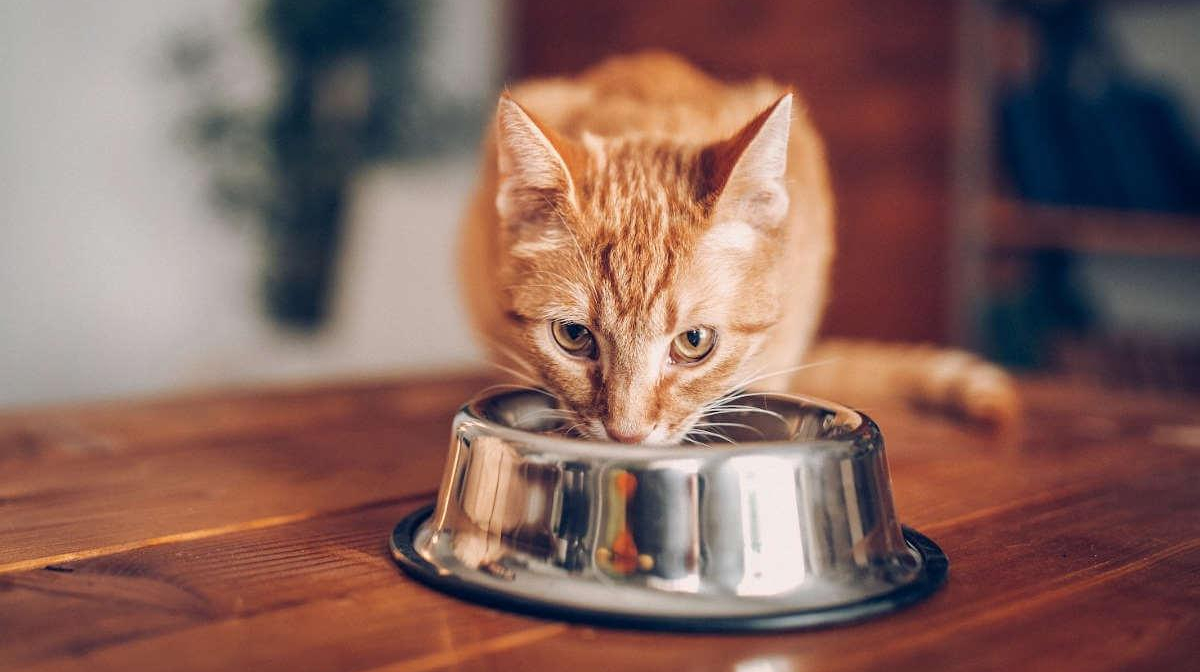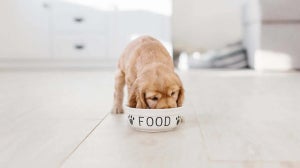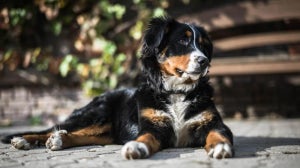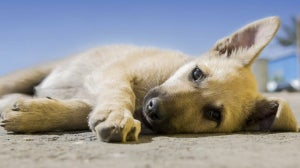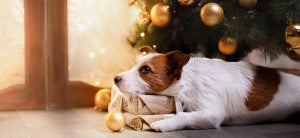
Overweight cats are common and it’s usually by fault of our own; they give us their wide-eyed stare, purring gently on our laps and it’s too tempting not to spoil them. However, your cat’s weight is integral to their overall health and should be monitored regularly to ensure there are no underlying issues.
Most cats love eating as much as we love treating them. But overfeeding is an issue which leads to an overweight cat and a whole host of health problems. So, if you’re wondering: Is my cat overweight? Read below to find out the tell-tale signs, the best cat diet and how much you should be feeding your cat…
What is the ideal cat weight?
The average domestic cat should weigh around 4.5kg, but as you may have guessed, this varies due to breed and frame. While some of us might equate a full belly with a satisfied companion, a few kilograms can be the difference between a healthy cat or a lifetime of health issues.
You should be able to feel your cat’s ribs as an indicator of healthy weight, along with your cat having an hourglass figure from above. From the side, there should be no sign of a tubby middle but a lean feline build. Ask your vet to help body condition score your cat so that you can learn to do it regularly at home.
Physical signs your cat is overweight
Even if your cat hasn’t been diagnosed, there are physical signs that reveal a poor diet and ultimately, an overweight cat. Obesity in cats is also linked to a variety of health problems, such as skin problems, arthritis, or type-2 diabetes.
Another sign of an overweight cat is lameness due to increased pressure on joints, which can have a detrimental effect on your cat’s quality of life hindering their abilities to play, hunt or groom themselves.
Also keep an eye on any changes to your cat’s gait and mood and seek professional advice as soon as possible.
7 steps to get your cat to lose weight
Before beginning on your cat’s weight loss, always speak to a vet to discuss the next steps. Cats losing weight rapidly can be a danger to their health, more so than the issue at hand.
Our cat feeding guide details exact feeding amounts and predicted weight loss, giving you a rough guide to refer back to when encouraging your cat to lose weight.
Following the seven simple steps below will also help your cat to keep the pounds off, achieving the optimum body size and shape:
Feed a light diet: James Wellbeloved has two tempting light diets specially formulated to aid weight loss. Our Light range has all the essential nutrients your cat needs, with 15% fewer calories than our standard adult food.
Weigh out their food:How much you feed your cat contributes directly to their weight. Use the feeding guidelines on the pack to work out the right amount of food for your fabulous feline.
Feed little and often: Cats naturally like to eat small meals so divide their daily allowance into 4 or 5 plates.
Encourage exercise: Tap into your cat’s natural hunting instinct by promoting play, via rod-based toys which naturally burn calories.
Use interactive feeders: Not only will this mentally stimulate your cat, but the use of puzzles also slows down food intake. It can be expensive to buy lots of feeders, but you can easily make your own puzzle feeders by carefully puncturing kibble-sized holes in plastic bottles.
Track those treats: A few treats can quickly add up, providing unnecessary calories!
Weigh your cat: We can become blind to our pet’s weight, so fortnightly weigh-ins will help ensure that their weight loss is on track. Remember slow and steady weight loss is key.

Related Articles

